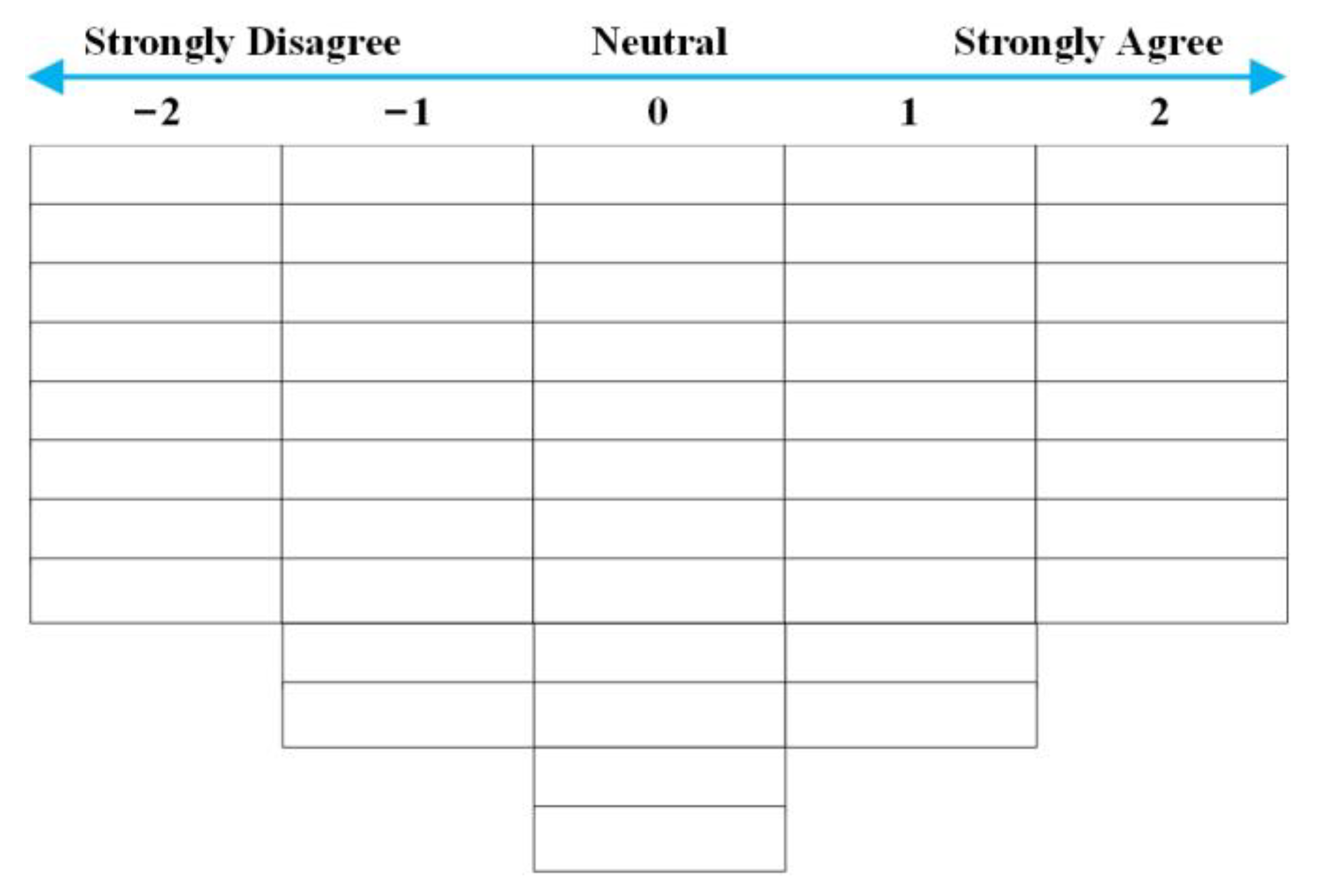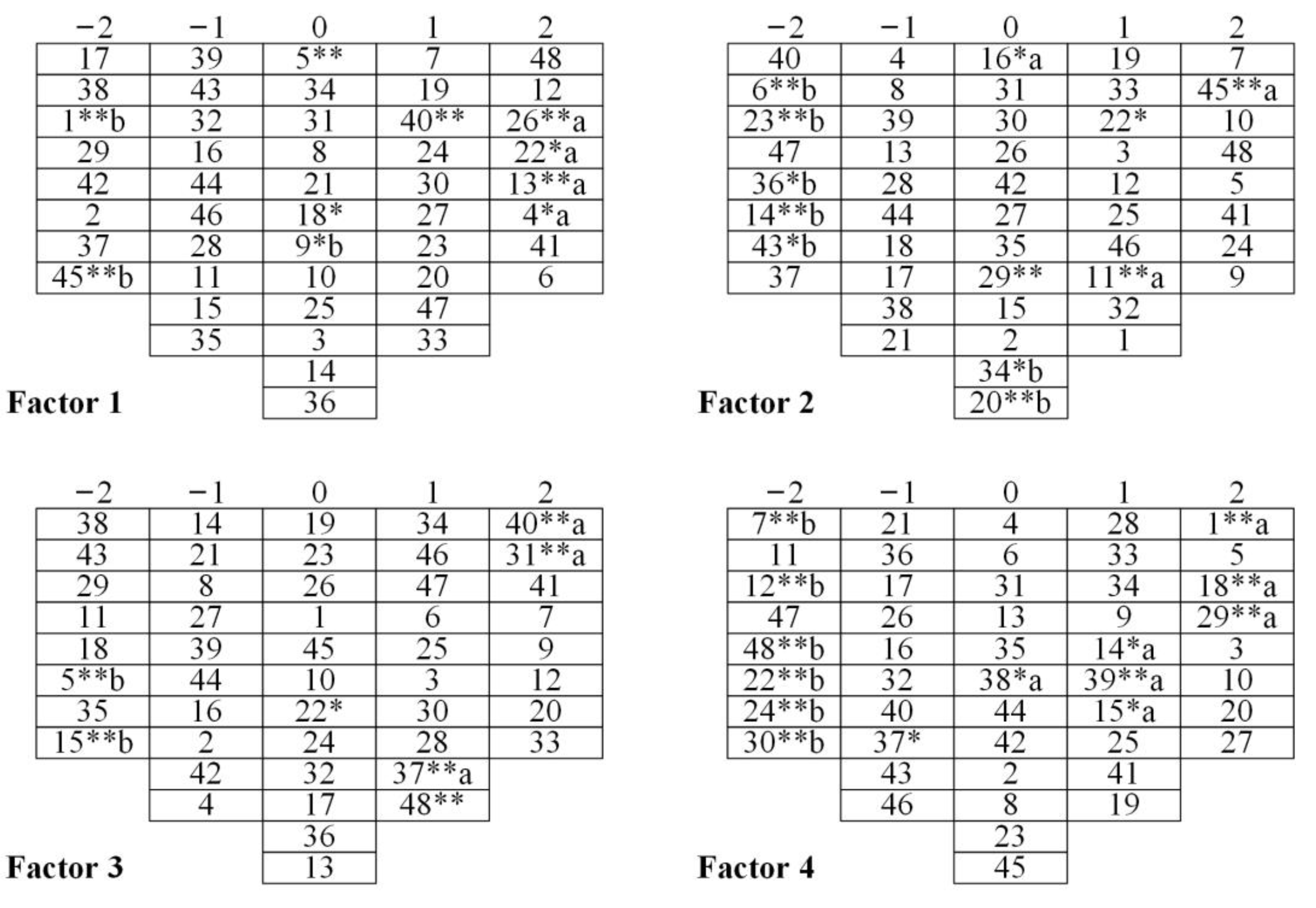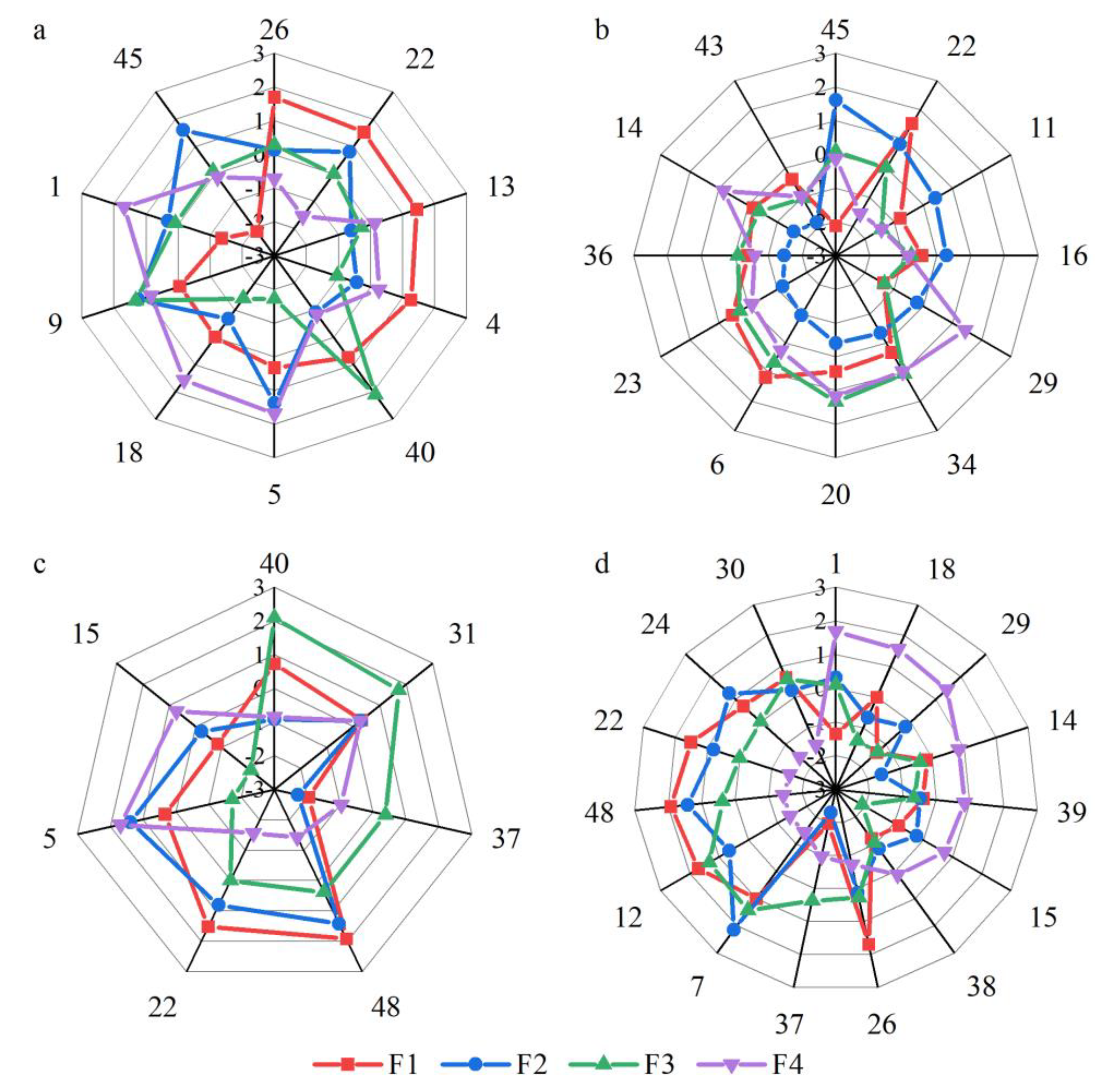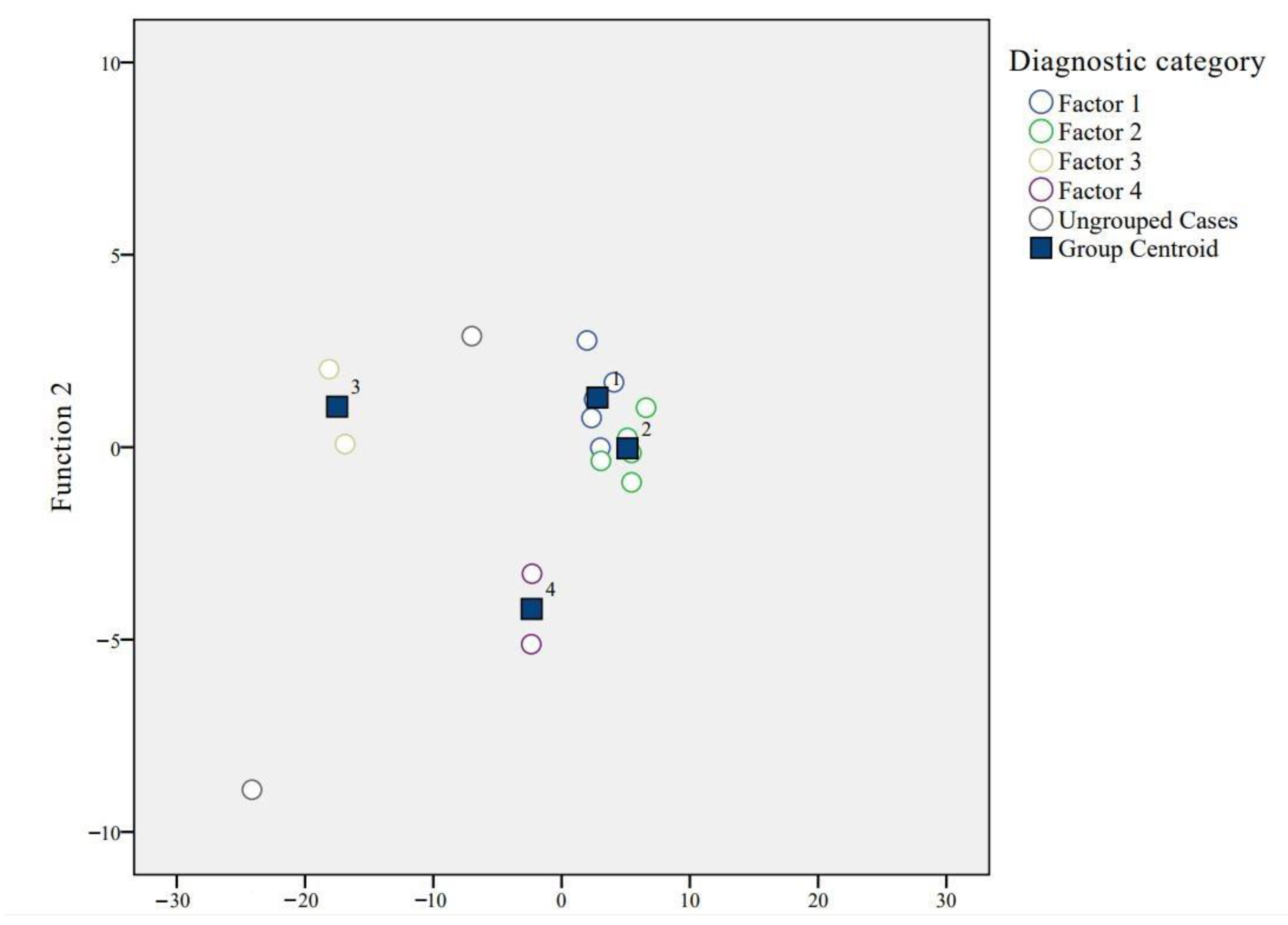1. Introduction
Tea is the most widely consumed beverage in the world, second only to water [
1]. The demand for tea has risen sharply over the past two decades and will continue to grow in the next decade [
2,
3]. More than 69% of the global population drinks tea every day, with an estimated daily consumption of 18–20 billion cups [
4]. As a non-alcoholic stimulant beverage, tea has unique bioactivity and health benefits [
5]. In recent years, the tea cultivation area in the world has expanded significantly due to the increase in the number of small-scale tea farmers [
6]. About 70% of the world’s tea is produced by small-scale tea farmers, who constitute an important part of the global tea industry [
7]. However, the low profitability of small-scale tea farming has become a serious threat to the sustainable development of the tea sector [
8]. To achieve higher incomes, many tea farmers rely heavily on pesticide and fertilizer inputs to achieve higher yields [
9,
10]. This will not only damage the environment in the long run but also pose a great threat to human health [
11,
12]. Therefore, with the increase in tea consumption, the importance of tea safety has become increasingly prominent [
13].
In order to ensure the safety of agricultural products, traceability systems have been established in many countries and regions around the world. However, such systems are mostly distributed in developed countries, such as those in the European Union [
14], the United States [
15], South Korea [
16], and Australia [
17]. The application of traceability systems in agriculture has not yet been fully established, especially in developing countries. India has established a traceability system, not for the purpose of tracking but rather to display the prices of goods [
18]. The traceability system in Malawi is ineffective because the food supply chain is not traceable [
19]. The traceability system in the Taiwan region of China also failed to achieve the expected success due to the low participation rate of farmers [
20]. Meanwhile, traceability systems are still in the early development and application stage due to the influence of blockchain and the Internet of Things (IoT) [
21]. In addition, due to restrictions from government regulations, unstable food safety policies, unorganized market areas, inadequate supply chain facilities, lack of cold chain facilities in the field, and insufficient agricultural practices by a large number of farmers, the usage rate of traceability systems is still relatively low [
22].
Affected by individual food safety incidents in China, consumers are constantly seeking healthier and safer food [
23]. Several Chinese government departments have established traceability platforms, but they mainly focus on food production enterprises, including meat, vegetables, Chinese herbal medicines, and alcohol (
https://zycpzs.mofcom.gov.cn/, accessed on 15 March 2022.). For this reason, China has issued a policy to accelerate the construction of a traceability system for important products, proposing to establish a traceability system at the national level. In 2017, the National Agriculture Food Quality Safety Traceability Management Information Platform (National Traceability Platform, NTP,
http://www.qsst.moa.gov.cn/, accessed on 21 August 2021) was activated [
24]. In 2018, the NTP was fully promoted in China. Green food, organic agricultural products, and agricultural products with geographical indications identified by the agricultural sector are all included in the traceability management [
25]. However, small-scale tea farmers rarely participate in the NTP. It is estimated that 80% of China’s tea production is produced by small-scale tea farmers [
2]. Their extensive participation is, therefore, important for tea safety.
The NTP can directly ensure food safety and quality, and reduce the time and cost of food recalls [
14]. Participating in the NTP can also indirectly bring environmental, economic, and social benefits. First, it can regulate pesticide and fertilizer inputs for tea farmers [
26]. Excessive use of pesticides and fertilizers can lead to soil compaction and water pollution, ecological imbalance in tea gardens, and ultimately limit tea tree growth and tea quality [
27,
28]. Simultaneously, carbon dioxide from tea cultivation and processing is one of the important sources of agricultural greenhouse gas emissions [
29]. By regulating the production behavior of small-scale tea farmers, carbon emissions can be reduced, and the resulting adverse effects of climate change can be mitigated. Furthermore, the traditional cultivation and management of tea has been a major threat to biodiversity, and production based on agricultural standards is beneficial for biodiversity conservation [
30]. Eventually, tea farmers produce according to certain standards, which not only can shorten the supply chain by reducing the distance between tea farmers and consumers, but also increase the value chain, thus improving the livelihoods of tea farmers and promoting rural development [
31].
Agricultural safety events are typically characterized by immediacy, high uncertainty and complexity [
32]. Ensuring the safety of agricultural products must be an action of the whole society, including farmers, companies, consumers and governments [
33]. The NTP is considered to be an effective means of guaranteeing the quality and safety of agricultural products [
34]. This is because it can identify the responsible parties and thus reduce market failures caused by information asymmetries and unspecified responsibilities. Farmers are both producers and direct participants in the traceability of agricultural products. Studying the behavior of farmers has become the key to solving the problem of agricultural safety. However, the difficulty in promoting the NTP is also for farmers, as they are large and dispersed throughout China [
35].
Meanwhile, farmers’ perceptions of new agricultural technologies, including the NTP, are complex. Any policy that requires farmers to adopt new technologies needs to understand their perceptions of the status quo and new technologies [
36], especially for small-scale farmers. Because they are already exposed to vulnerability, they may be less willing to take risks [
37]. If farmers adopt new technologies, they first need to believe that these technologies will bring them considerable income [
38]. When people have a positive attitude toward a new technology, they are mentally prepared for its adoption. This psychological preparation may, in turn, lead them to have a higher willingness to use it [
39]. Therefore, by understanding the perceptions of small-scale tea farmers, policymakers can formulate precise policies and accelerate the effective promotion of the NTP in the agricultural sector.
The study was therefore conducted to investigate the perceptions of small-scale tea farmers about the NTP in a typical agricultural area in central China. Based on their different perceptions, we have tried to classify them into different categories of tea farmers. Our research can further expand the scope of research on farmers’ behavior. At the same time, by understanding farmers’ perceptions, the results can be used to support the development of more appropriate policies to promote the NTP in the agricultural sector. Knowledge of farmers’ perceptions will increase our understanding of which policies are more likely to be accepted and therefore adopted by farmers.
4. Discussion
The Q methodology can be a useful method for answering the question “What are farmers’ real perceptions of the NTP”? Not only did we reveal the perception of difference and similarity among small-scale tea farmers, but we also overcame the limitations of qualitative and quantitative methods in studying farmers. In the context of agricultural safety, we believe that the Q methodology can add color to research in the area of farmer perception.
By analyzing the Q-factor results, we identified four different categories of tea farmers, representing their different perceptions of the NTP. Four categories of tea farmers explained 52% of the total variance, and the related findings of Kroesen and Bröer [
64] and Krabbenborg et al. [
65] had an explanatory power of 49% and 40%, respectively. Therefore, we considered the findings to be credible. Research showed that there are perceptual differences among small-scale tea farmers, which was consistent with Oyinbo et al. [
66], who also acknowledge significant heterogeneity among farmers. Meanwhile, on some specific issues, tea farmers have similar perceptions.
The first category of tea farmers were those characterized by active participation. They are willing to bear the cost and put their time and energy into the NTP. Farmers believed that there was a cost to adopting new agricultural technologies. They would, therefore, invest in it only if the expected benefits outweighed the costs [
67]. In fact, tea production faced many challenges, including price fluctuation, climate change, and cultivation risks [
22,
68]. For small-scale tea farmers, participating in the NTP was a strategic choice, which might reduce planting costs and grant access to a broader market. They believed that it took a long time to learn relevant knowledge and technology simultaneously. The survey found that local tea farmers rarely understood the NTP; thus, they needed to learn how to use it.
The second category of tea farmers were those who engaged in resistant participation. They did not want to spend time and energy on the NTP but to go to work and make money instead. This result is also confirmed by Li et al. [
69], who showed that tea farmers face cost risk, time risk, and opportunity risk. With the rapid development of the social economy, a large part of the income of rural households comes from other employment rather than agricultural production [
70]. This is also one of the main reasons why tea farmers were reluctant to participate in the NTP. Meanwhile, it was difficult for subjective norms to affect the perception of tea farmers. Such perceptions being external and self-perception being internal, the impact of self-perception was more direct. Farmers relied on their previous experience in managing production [
67]; thus, it was difficult for subjective norms to influence their long-term beliefs.
The third category of tea farmers were those who were risk-averse. They could see the benefits of participating in the NTP, including environmental improvements and tea safety. Li et al. [
69] argued that perceived benefits can more strongly influence farmers’ adoption of agricultural technologies through positive recognition of the perceived value. This might increase their willingness to participate in the NTP and focus on consumer health. But tea farmers were more worried about planting risks. Most farmers were risk-averse [
71]. Because of the conflict between economic goals and environmental goals, they felt no guilt for not participating in the NTP. This showed that tea farmers’ perception of the NTP was only superficial as it had not been fully understood and accepted.
The fourth category of tea farmers were those who were pressure-driven. They were strongly influenced by social pressure. Kallgren et al. [
72] argued that individuals followed social norms because they not only feared social pressure but also used it as a source of information to understand which behavior is appropriate in a particular situation. Thus, social norms played a key role in farmer technology adoption [
73]. The more positively tea farmers evaluated the NTP, the higher their willingness to participate would be. Furthermore, they did not have the confidence to participate in the NTP. Ajzen [
74] found that people’s behavior was strongly influenced by their self-confidence. A possible reason for this was that farmers lacked confidence in understanding and using new technologies due to the lack of effective policy support [
75].
Furthermore, tea farmers had similar views on some specific issues. For example, they were all concerned that participating in the NTP might increase the cost of tea cultivation. Lou et al. [
76] believed that tea farmers were affected by realistic uncertainties and past habits when adopting agricultural technologies. They were all small-scale growers and had no experience participating in the NTP. If they participated in the NTP, they needed to consider its potential risks, future benefits, and opportunity costs from traditional to standard tea cultivation. Unlike food crop production, tea cultivation was rarely subsidized by the government, which made it less resilient to risks. Tea farmers also felt that they were not supported by agricultural technicians. Diaz et al. [
77] argued that the opinions, views, and comments of agricultural technicians were important to farmers, which would influence their adoption and decision-making. As far as we know, local technology promotion efforts were low, and it was difficult for tea farmers to directly refer to the opinions of agricultural technicians.
The recently amended Law of the People’s Republic of China on Quality and Safety of Agricultural Products will implement traceability management for agricultural products listed in the Agricultural Products Quality and Safety Traceability Catalogue. Meanwhile, the protection and management of geographical indication agricultural products will be strengthened. This shows that traceability of agricultural products is indeed the urgent issue at present.
5. Conclusions
This study provides a new contribution to the promotion of the NTP. We have focused all our attention on the perceptions of small-scale farmers, and the findings could provide new evidence for the debate on the NTP. Meanwhile, new perspectives and insights on the subject are provided for policy makers to rethink the promotion policy of the NTP. In addition, we encourage action to prevent the negative impact of the promotion of the NTP on farmers.
There is an increasing amount of research on the NTP in various areas, but not much effort seems to have been made on the farmer side. The NTP are an important means of ensuring the safety of agricultural products. Farmers are both producers and direct participants in the NTP. Farmers’ perception of the NTP is a prerequisite for their adoption. Due to a lack of understanding of farmers’ perceptions, policy makers may have adopted the wrong extension policies.
This study of small-scale Chinese tea farmers’ perceptions of the NTP further expands the scope of research on farmer behavior. The study shows that there are four categories of tea farmers with different characteristics, including active participation, resistant participation, risk aversion, and driven by pressure, and each category contains tea farmers with very similar perceptions. The first category can actively bear the cost; thus, they should be the first to participate in the NTP. The traditional perception of the second category is difficult to change in the short term, so they may be the last category of participants. The third category may participate in the NTP if planting risks can be reduced. Under social pressure, the fourth category may also participate in the NTP. Although there is significant heterogeneity in the perceptions of tea farmers, some commonalities are also highlighted. They all worry that participating in the NTP may increase planting costs and risks, and find it rather difficult to get support from agricultural technicians. Therefore, understanding the different perceptions of tea farmers is a prerequisite for formulating precise policies. Our findings can serve as the basis for the promotion of the NTP in the agricultural sector.
Recommendations and Study Limitations
Planning should be based on an overall perspective and implement tailored policies. For the first category of tea farmers, we suggest carrying out platform operation training from the perspective of meeting the needs of tea farmers, formulating training programs scientifically, and improving the pertinence and timeliness of the training offered. Self-service learning platforms and technical support should also be provided to improve the ability of tea farmers to master the business processes, system functions, and related operations of the NTP. For the second category, the government widely publicize the application progress and effectiveness of the NTP through various forms, including online and offline formats. It is also necessary to popularize traceability knowledge and cultivate traceability culture more deeply to positively influence the cognitive structure of tea farmers. For the third category, we recommend holding regional expositions and promotion meetings to publicize and display traceable products so as to increase the awareness of tea farmers about traceable products. The government can also actively promote the entry of tea into large supermarkets and e-commerce and promote the connection between production and sales of high-quality tea in order to increase the enthusiasm of tea farmers to participate in the NTP. For the fourth category, we recommend strengthening policy support, especially in terms of increasing funds to subsidize the necessary equipment expenditures for tea farmers to participate in the NTP. Policies should also support the establishment of standard tea gardens that demonstrate the use of the NTP to increase tea farmers’ awareness of the NTP. In addition, the government should exert the appeal and influence of large-scale tea farmers to enhance their confidence in participation as well. Finally, for all tea farmers, we suggest using a variety of ways to help them understand and recognize the benefits of the NTP, including the agricultural sector, NGOs, and agricultural colleges. The government can also consider establishing a risk compensation and price guarantee mechanism for tea traceability to reduce planting risks and promote steady growth in the income of tea farmers.
Although we conducted a purposeful survey of small-scale tea farmers, it was still difficult to ensure that all tea farmers’ perceptions of the NTP were explored. The study may have missed some points, such as two tea farmers who did not belong to any of the four categories outlined in this study. We should also acknowledge some limitations. First, there were few participants. Future studies could increase the sample size to include farmers at different times and levels of participation. Moreover, since this study focuses on perceptual identification, follow-up studies could also conduct quantitative surveys to assess the perceptual distribution and driving factors. Furthermore, this study takes tea farmers in Xinyang City as an example, and the applicability of the findings to farmers of different crops and in different regions is unclear. Future research can, therefore, expand the scope of study to different types of farmers and add more samples with different regional attributes. Eventually, future research should also be extended to other stakeholders to explore their perceptions.













